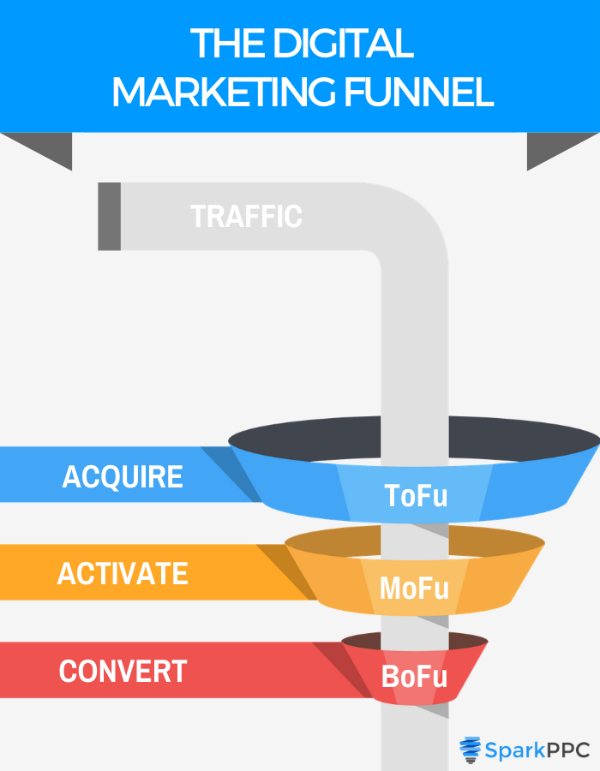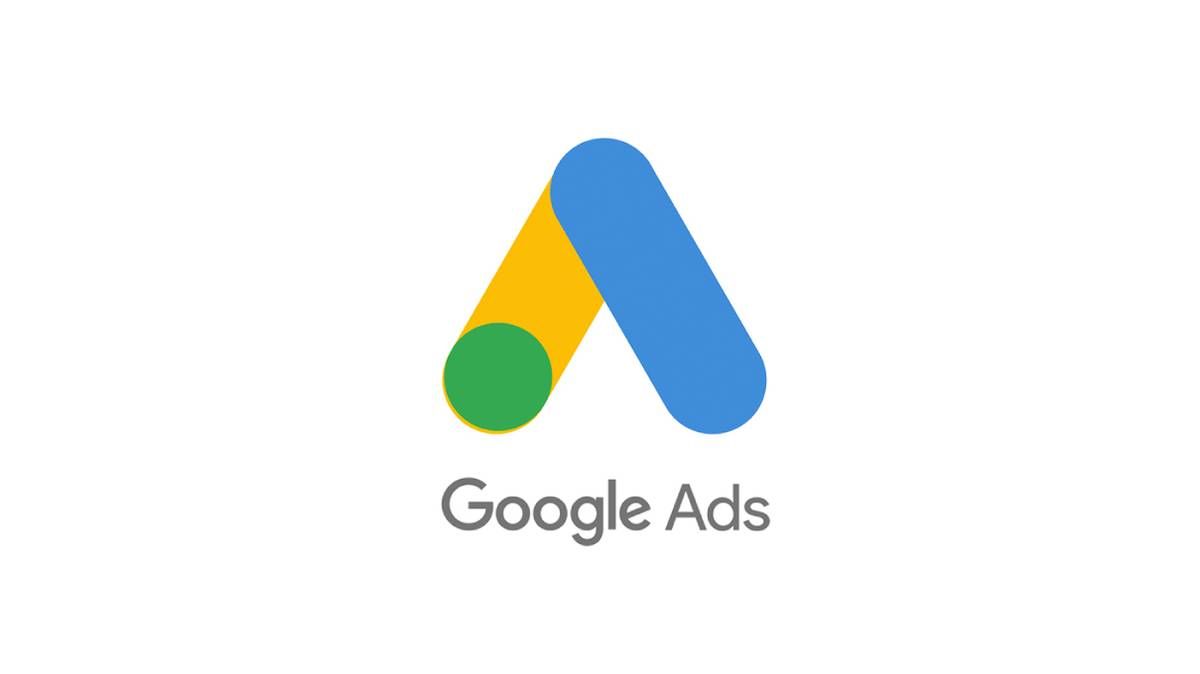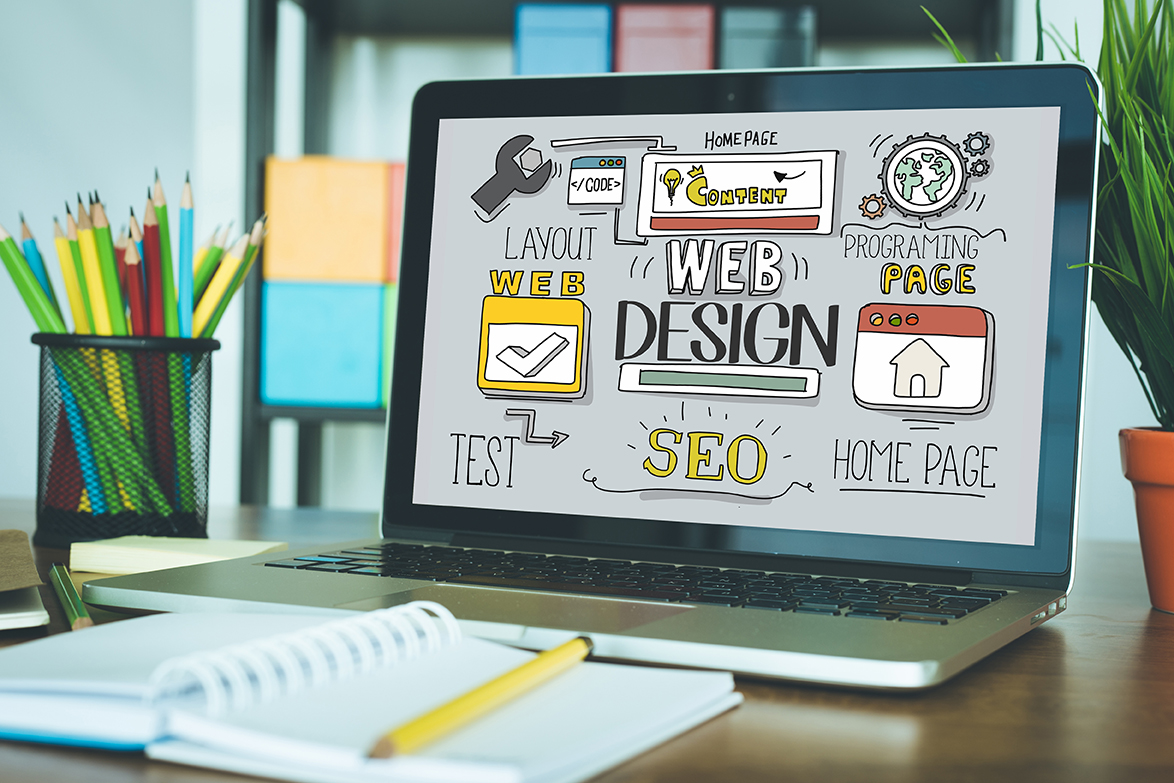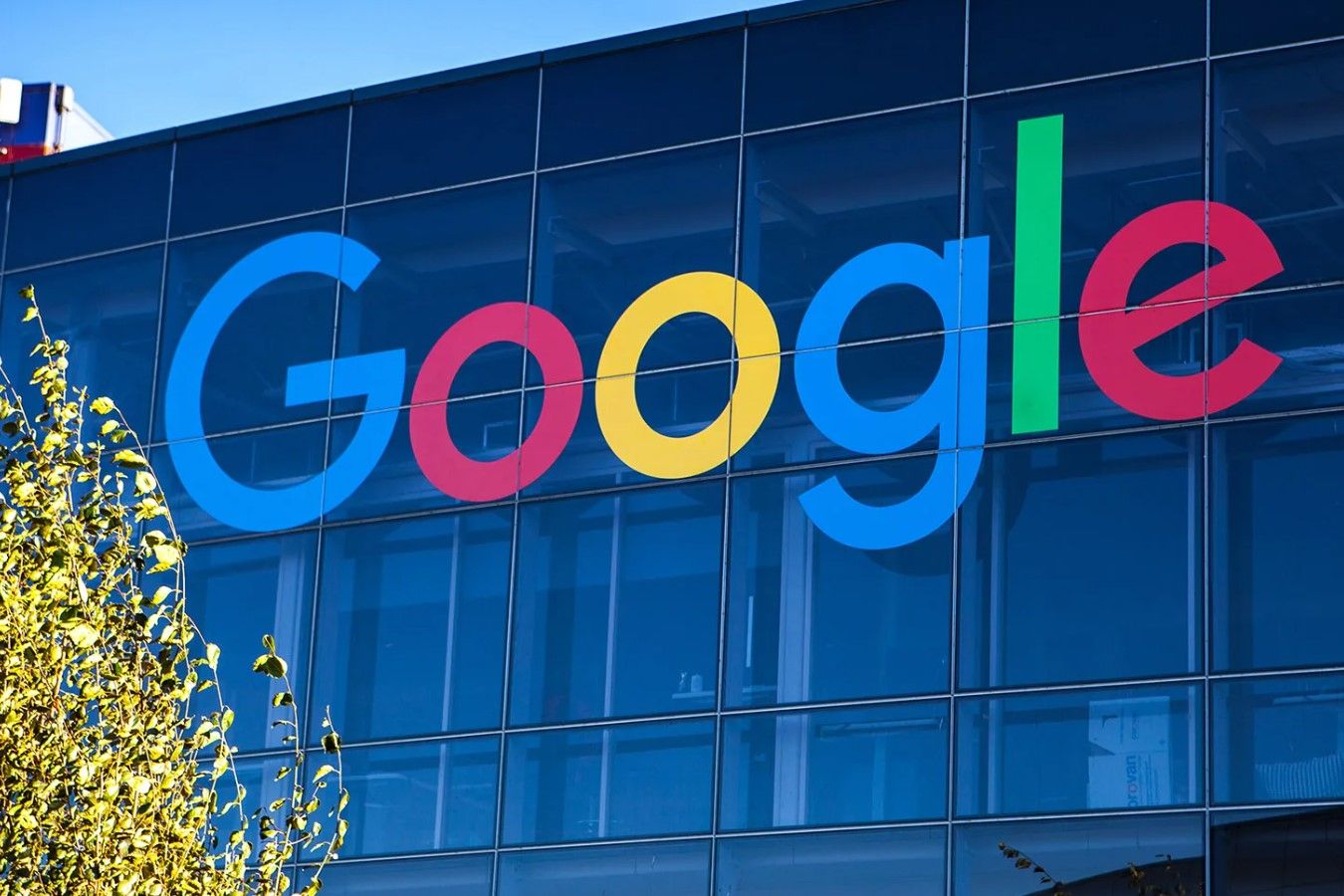The small business sales funnel.
It’s often referred to as the marketing funnel, conversion funnel, or purchase funnel.
No matter what your team calls it, this piece of your digital marketing strategy is crucial to create awareness for your product or service and acquire customers.
It’s the only way to follow your potential customer down the customer journey.
You can use a sales funnel for your business to generate a steady stream of new and repeat customers.
However, most small businesses don’t have a funnel in place, so they lack the ability to attract new customers and continue with previous customers.
Because of this, you may also have no idea what your overall conversion rate is or what (if any) part of your marketing strategies are working.
So a digital marketing funnel will let you get more customers, keep current ones, and see what works or what doesn’t.
If you’ve read this far, then I know you’re looking to do just that.
In this guide you’ll learn:
- What’s a small business sales funnel
- The 5 stages of the marketing funnel
- How to create a sales funnel for your business
- Added bonus…
Let’s begin…
What’s a Small Business Sales Funnel?
A small business sales funnel is a multi-channel, multi-step strategy designed to drive your target customer to a sale.
Channels will include anywhere your target audience hangs out such as: paid advertising (Facebook Ads or Google Ads), search engines, content marketing, email marketing, etc.
Steps will include clicking on Facebook ads, reading a blog post, and signing up for a “lead magnet” delivered through an email.
Your desired action can be signing up for a newsletter, attending a webinar, purchasing a trial offer, purchasing a product or service, etc. Essentially, these are calls to action.
Once a funnel is implemented and optimized, it serves as a predictable sales system, a way to drive traffic and sales on autopilot!
You’ll be able to acquire leads, activate prospects, and convert them into customers.
What’s the difference between a lead, prospect, and customer?
A lead is someone that shows interest in your product or service by providing you with their contact information, usually a name, email, and/or phone number. A lead becomes a prospect once they’ve engaged with you with time or money. Lastly, a prospect becomes a customer once they’ve purchased your core product or service offering.
We’ll get more in-depth on these 3 below.
But first, let’s talk about the two things you’ll need before you create a funnel…
Before You Create Your First Funnel
You’ll need to answer two questions before you create your first funnel.
- Who is your target customer for these specific marketing campaigns?
- What marketing channels will you be using?
Warning: funnels are not guaranteed to work, so I suggest choosing just one buyer persona from your target audience and one channel.
Now let’s cover the three stages of a sales funnel…
The Basic Sales Funnel: 3 Stages

The sales funnel has 3 stages: acquisition, activation, and conversion.
These three stages cover the first three stages of the customer journey: awareness, consideration, decision.
So when your target customer becomes aware of a goal, challenge, or problem, you will try to acquire them as a lead.
When they are considering their options, you’ll try to activate them as a prospect.
Lastly, when they’re ready to make a decision, you’ll try to convert them into a customer.
Each stage of the funnel plays a vital role in driving your leads down to a conversion.
Let’s take a look at the importance and role each stage plays in your business…
1. Acquisition – Top of the Funnel (TOFU)

The goal of the top of the funnel is to acquire leads, by getting the attention of your target customer and creating a relationship.
At this point, your target audience does not know you, this is their first introduction to your brand, so you will not be selling.
Use this introduction to show them who you are, what you do, and how you can position yourself as the solution to the problem, goal, or challenge your target customers are experiencing by educating, demonstrating, and entertaining them in the process.
Goal of Acquisition:
- Capturing personal information such as name, email, and/or phone number
Accomplish this goal using a lead magnet. The lead magnet should focus on solving a specific problem or offering a “quick win”.
Note: Do not focus on sales, focus on creating a relationship. The acquisition stage is about providing value up front, not selling.
Types of acquisition lead magnets include:
- % off email list coupon
- Newsletter signup
- Cheat sheets
- Checklists
Example: If you sell loose leaf tea, an example of an Acquisition lead magnet is a 15% off coupon when they sign up for your mailing list. This lead magnet offers a quick win and captures personal information for you to jumpstart that relationship.
Metrics for acquisition include:
- Website traffic
- Conversations and engagement (comments, likes, shares, video views)
- Subscribers
- Coupon opt-ins
Your top of the funnel content should drive leads to the next stage of the funnel, activation.
2. Activation – Middle of the Funnel (MOFU)

The purpose of the middle of the funnel is to activate your leads into prospects by having them engage in a micro-commitment or first transaction
A micro-commitment is an exchange of time, money, or both…
This step of the funnel is where you’ll engage your lead into investing their time or making a small purchase from you. This investment of time or money should be related to the lead magnet you previously used to acquire them as a lead.
This is called a intro product/service offer, the next logical step after a lead magnet is consumed.
Goal of activation:
- Engage lead into a micro-commitment or low-risk transaction
Accomplish this goal using a intro product/service offer, a low-risk offer that is related to the core products you sell and positions your core products as the last step.
Note: The activation stage is about starting the customer relationship. Create low-risk micro-commitments or transactions to jumpstart that relationship. The offer should leave little to no room for objections. Some special offers may not break even, however, getting the sale to your core products will become easier.
Types of activation special offers include:
- Webinars/Seminars
- Events
- Free (just pay for shipping) offers
- Discounted intro product/service
Example: Sticking to the tea shop example above, a free (just pay for shipping) mesh ball filter to brew tea is a perfect intro product offer that is low risk, a small transaction, and positions the core product (tea) as the next logical step.
Metrics for activation include:
- Webinar/event signups and attendees
- Intro offer sales
Once the intro product/service offer is consumed, this makes way for the last step of the funnel, conversion.
3. Conversion – Bottom of the Funnel (BOFU)

The purpose of the bottom of the funnel is to convert your prospectsinto customers after building a relationship and activating them with your intro product/service offer.
Goal of conversion:
- Close the sale
- Build customer loyalty
- Create a brand advocate
By now your intro product/service offer should have built a customer relationship. Your core product offering is the last logical step.
Note: Focus on the solutions your products provide. In the conversion stage, your core offer is introduced as the solution to their goals and challenges stated in your buyer persona. Engage with your ideal customers to deliver your core offer.
Ways to deliver conversion core offers include:
- Paid advertising
- Retargeting
Example: After your prospect purchases the free + shipping mesh ball filter for loose leaf tea, upsell your core offer: loose leaf tea. Sweeten the deal with a limited time discount that expires within the hour as it creates urgency. Additionally, again take a multi-channel approach by layering in a retargeting ad and emailing them.
Metrics for conversion include:
- Sales
- Customer acquisition cost (CAC)
- Customer lifetime value (LTV)
The follow-up in the conversion stage is crucial. Layering in a multi-channel approach will drive more sales to your business.
How to Create a Sales Funnel

Worksheet from SparkAccelerator™ program.
Now that you’ve learned the 3 stages of a conversion funnel, let’s get started on creating your funnel.
Note: the goal is not to force visitors to opt for a lead magnet first, some may very well decide to cut the line and purchase your product or service right away. However, having options in each stage of the customer journey is what a full marketing sales funnel accomplishes.
1. Choose one traffic source
Choose one channel you’d like to leverage to drive leads to your lead magnet/intro offer, core product. How will you promote your lead magnet? Paid ads? Email?
2. Choose one buyer persona
Choose one persona to target with your marketing. You marketing should be specific to them in order to be effective.
3. Define your core product/service offer
Start with the end in mind by defining your core products. What product do you ultimately want to sell? This is your end goal.
4. Establish your intro product/service offer
After you’ve defined your core offer, define your intro offer. What low-cost, low-risk offer could you make to your leads? It’s best to come up with an offer that inevitably leads to a purchase of your core offer.
5. Create your lead magnet
The same rules apply with the lead magnet. What lead magnet can you create that makes it logical to commit to the intro offer? The lead magnet should address your buyer persona’s goals or challenges and offer a “quick win”.
6. The fortune is in the follow-up (advanced)
Think about the series of steps your customers will have to take from the start of your funnel to the end.
Most leads will not make it past the ToFu stage, even less will make it past the MoFu stage. So, you can only image how many leads will make it to the BoFu stage and convert into a sale.
How do you give yourself a competitive advantage? Following up.
Follow-ups are reminders for your leads to take the next step down your funnel. They can come in the form of email follow-ups, retargeting ads, or other methods of communication like chatbots.
Now It’s Your Turn
Now you have all the steps involved in creating a small business sales funnel for your business. The last step is for you to execute an optimized conversion funnel of your own.







